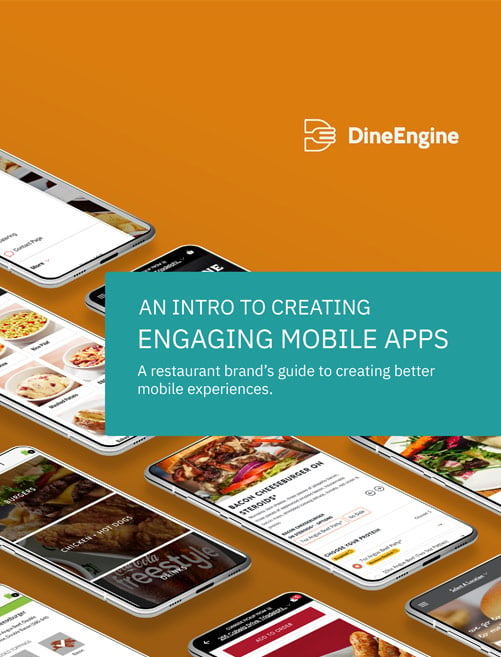Digital tech has made accepting mobile payments safer than using credit cards & cash within the restaurant, and are now part of application best-practices.
Mobile app development for restaurants uses payments that are becoming increasingly popular among both customers and businesses.
While there were some initial concerns about security and privacy, new digital app measures are increasingly making mobile payments a standard feature.
The customer’s financial information generally isn’t stored and it can eliminate the need to carry physical credit cards and cash, which are prone to being lost or stolen.
Even if a customer’s phone is lost or stolen, most mobile phones have passcodes, fingerprint sign-ins and other features that prevent financial information from being compromised.
So the question is, should your restaurant begin accepting forms of payment other than cash and cards?
Who Are Your Customers?
Know your customers by implementing dashboards & business intelligence for restaurants. What demographic or demographics typically frequent your restaurant?
Are they Millennials or young families who are comfortable with technology? Or do they tend to come from slightly older generations who might not be as familiar with technology or confident in the security of mobile payments?
Using technology services for restaurants, you need to determine how likely your customer base is to use a mobile payment option before you launch one.
What Kind Of Customers Do You Want To Attract?
If you’ve determined that your customers aren’t likely to use a mobile payment option, ask yourself: do you want to start attracting the kind of customers who would like to use one?
If so, a bit of marketing and perhaps some web, mobile, kiosk and tableside application updates might be in order to bring your restaurant into these increasingly technology-reliant times.
It is possible to draw in new customers by enticing them with features like mobile payments without sacrificing your digital properties, core values or your restaurant’s ambience.
Do You Have A Rewards Or Loyalty Program?
If you have a loyalty & reward program you might be able to integrate it into a mobile payment option.
Doing so can lead to increased customer satisfaction and loyalty – as long as the process of combining their rewards or loyalty account into your mobile payment system is streamlined.
Save Time
Offering mobile payments can save you and your customers time. It reduces the need to process a credit card – and as you know, credit card machines are notorious for randomly slowing down or shutting down completely from time to time.
It also reduces the need to keep enough cash and change on hand – in various denominations – in order to bring cash-paying customers their change. A mobile payment transaction takes place in a matter of seconds.
Save Money
Converting a self-service kiosk, tablet or mobile device to accept mobile payments with an app or card reader means you don’t need to spend money on point-of-sale equipment.
Imagine no bank-owned credit card machines, no expensive cash registers and no pesky paper receipts.
You’ll likely need to keep those point-of-sale items on hand for a while, but it is looking more and more like mobile payments are becoming the way of the future.
Make Money More Quickly
Mobile payments can boost your sales in a few ways. Customers are increasingly using credit cards rather than cash, which can make them more likely to visit your restaurant if you offer the convenience of mobile payments.
Plus, you’ll receive those payments more quickly, as they are generally posted to your bank account in three days or less.
Launching A Mobile Payment Option
If you’ve decided that a mobile payment option is right for your restaurant, you’ll need to determine which option or options are right for your app.
You might consider finding a way to survey your customers and ask what applications they like best and feel most secure using.
The heavy-hitters include PayPal, Google Pay, Apple Pay, and Samsung Pay. Companies like Square and PayPal also offer credit card processing devices that can be attached to mobile devices.
It is imperative that you determine which options you and your customers would be most comfortable using before deciding on one to use with your digital properties.













0 Comments